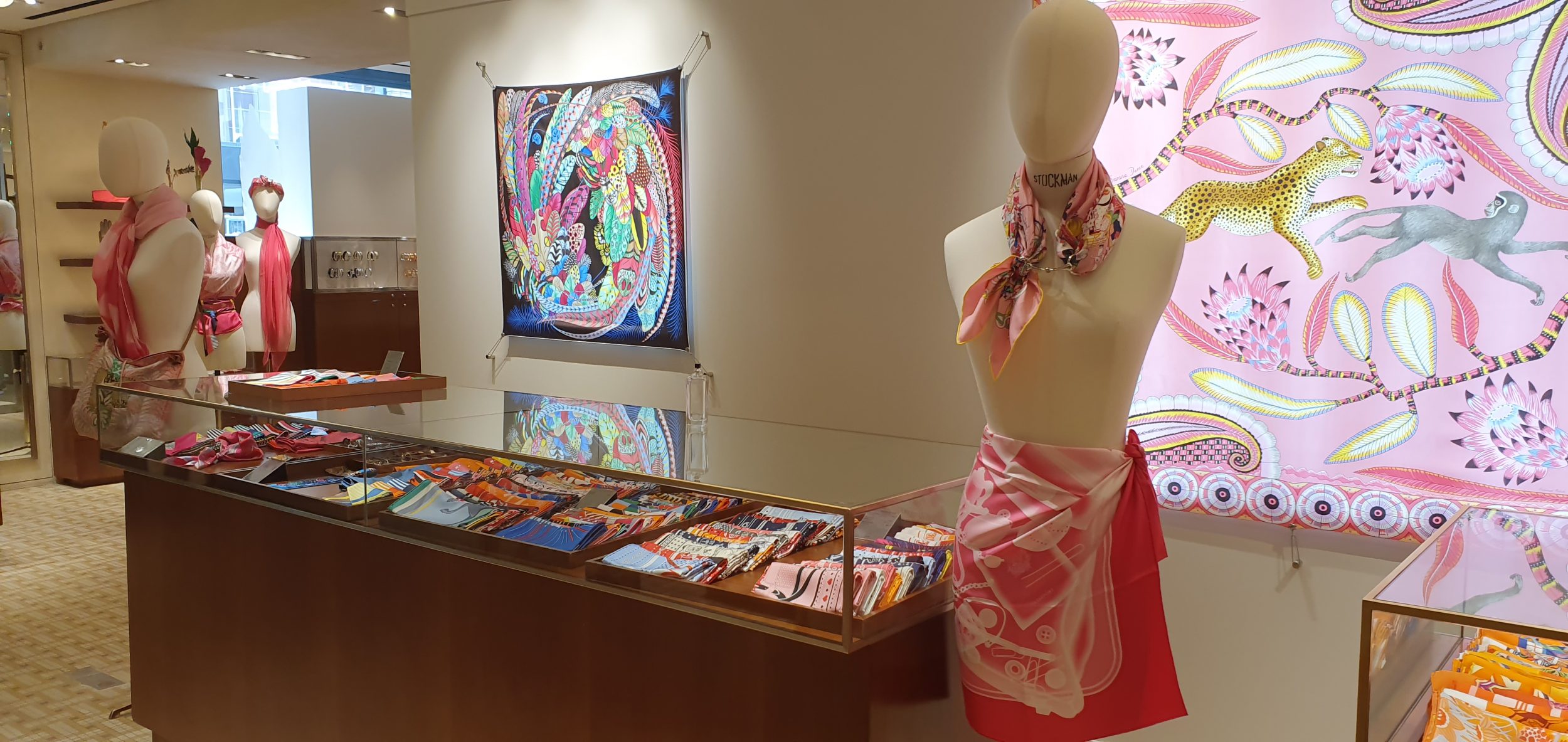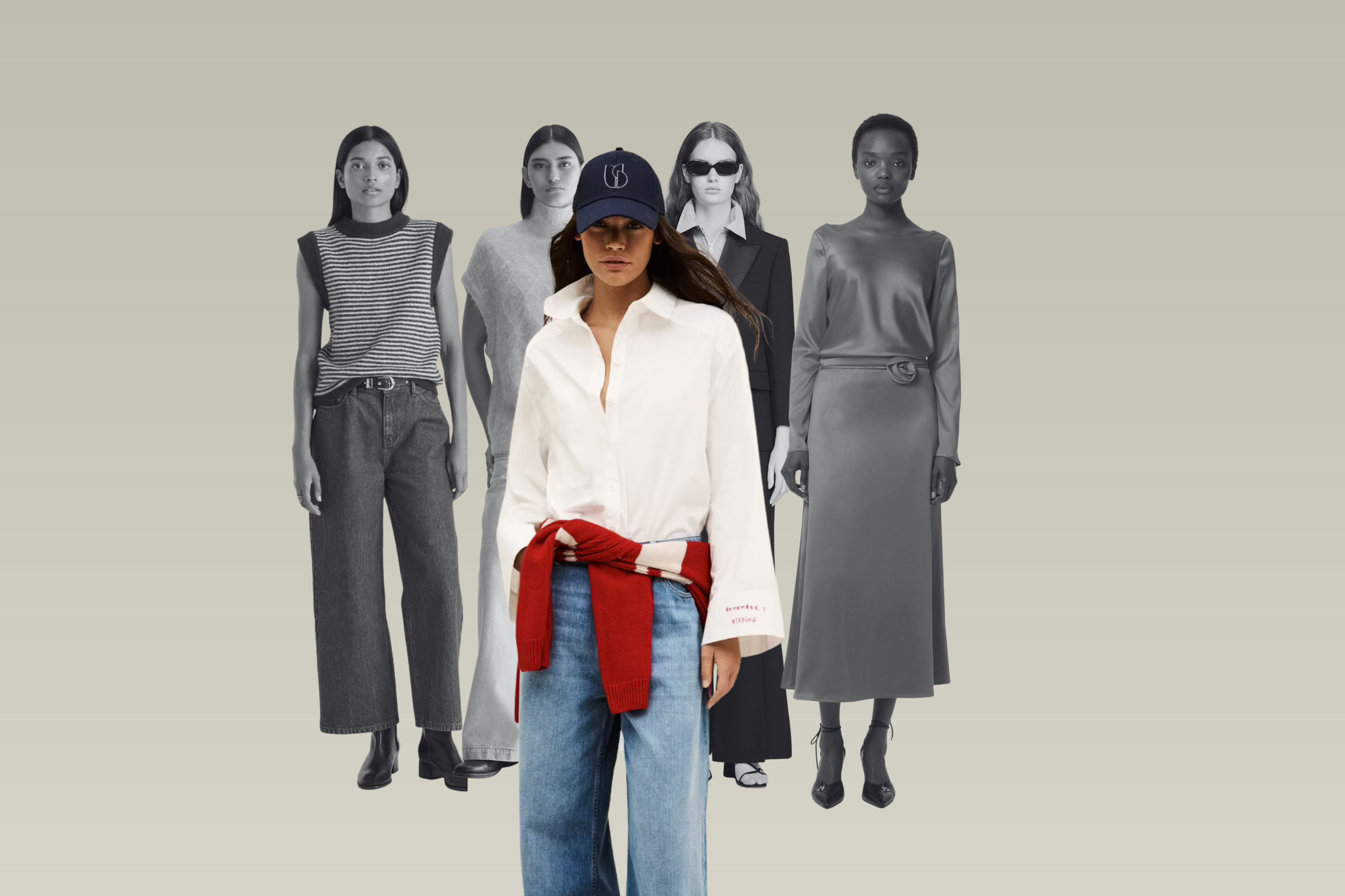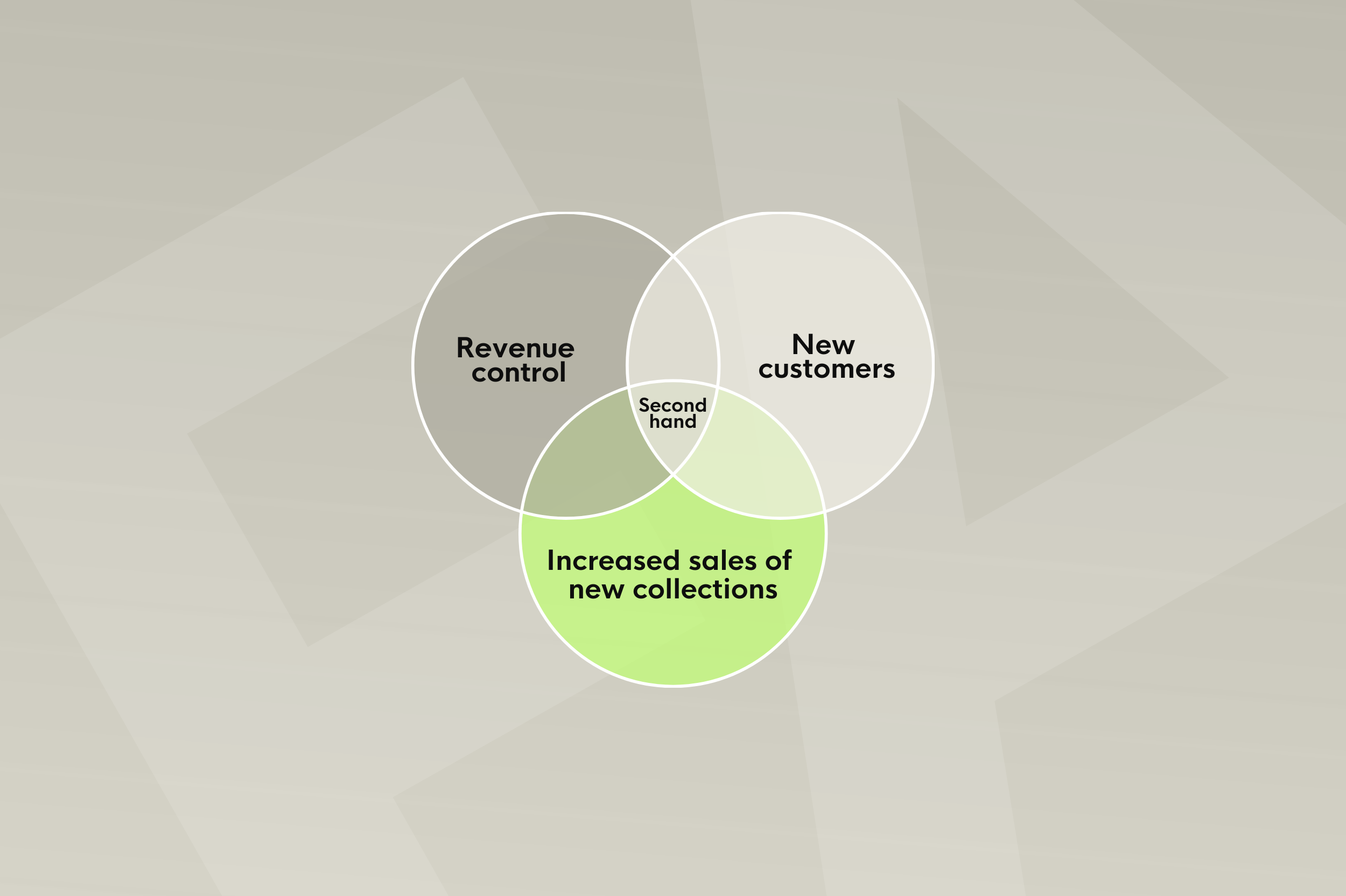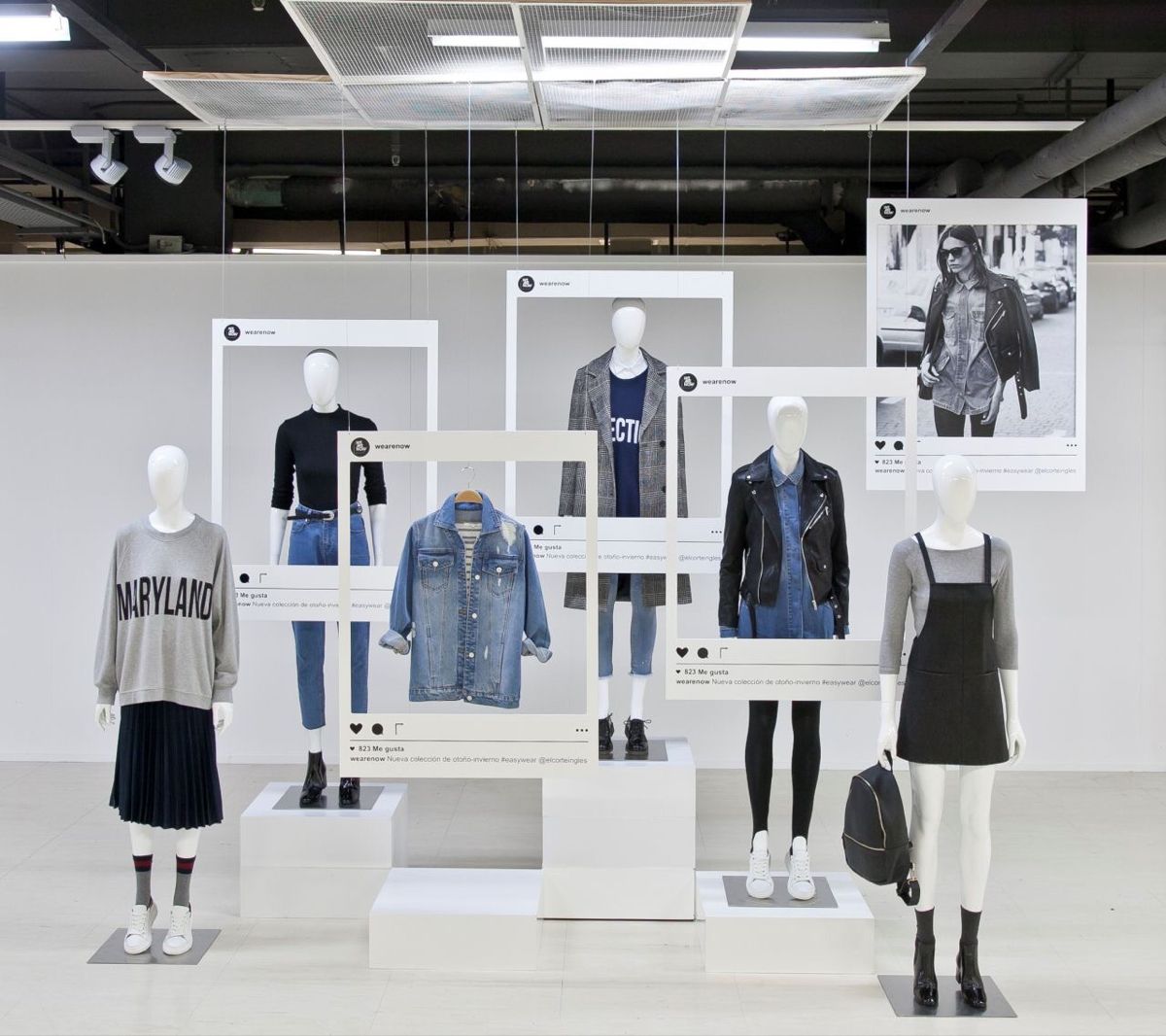When trends outlast seasons: secondhand put to the style test

In August, fashion slows down, but ideas keep circulating. Collections hang motionless on the racks, shop windows take on the stillness of a postcard, and yet, on secondhand platforms, searches surge. A sold-out item reappears. A once “dated” piece goes viral. A forgotten trend comes back into the spotlight.Because fashion, even when it pauses, keeps on living elsewhere.

Trends don’t die anymore, they resurface
There was a time when trends had a beginning, an end, and a single purpose: to sell something new. Today, they shift, get recycled, and play out again. A long denim skirt, a satin bomber from the ’90s, an embroidered jacket from 2015… anything can come back. All it takes is a TikTok post, a scene from a show, or a streetstyle sighting.The result? Items long off the radar shoot back to the top of search results. Platforms are seeing rapid turnover on pieces that no longer exist in retail. And these organic comebacks come with real demand—ready to convert.
Secondhand: a Mirror (and a driver) of trends
Contrary to what was long assumed, secondhand is not a style-free zone. It has become a laboratory of desirability. It’s where weak signals emerge, often before they surface in retail. It’s where the true power of iconic pieces is revealed. It’s where we see what circulates, what lasts, what comes back.
Some brands have caught on. They’re using resale data to understand what drives emotional connection. Keywords, search spikes, turnover rates, these insights are feeding both merchandising teams and CRM strategies.

Reinventing product life, not just image
In this context, some pieces are no longer just products, they’ve become brand assets. Their value goes beyond the season they were designed for. They carry an aesthetic, a story, a moment in time. And their sudden return to the market offers a chance to reengage an entire generation of customers, some of whom haven’t connected with the brand in years.
This opens up an opportunity for brands: instead of reissuing or relaunching blindly, they can build on what’s already in circulation. Highlight a rediscovered archive piece. Build a campaign around a comeback. Offer a moment of rediscovery rather than a forced newness.
Summer: a slow season for retail, a peak moment for circular fashion
In August, stock sits still, but screens come alive. While retail slows down, secondhand stays in motion. Platforms are seeing a rise in targeted sales, driven by social recommendations and the return of micro-trends.
This seasonal disconnect is telling: it reveals that secondhand follows its own rhythm. More agile, more responsive, more in tune with real-world behavior. And it shows that secondhand can become a strategic driver, not on the sidelines of product launches, but as a support to brands, creating a dialogue between what was, what’s coming back, and what might come next.
In the end, what if the real it-piece… was time itself?
Circular fashion doesn’t aim to extinguish desire, it seeks to place it on a different timeline. A piece that’s loved, rediscovered, passed on, worn again, that might just be the real statement today.
And in this shifting landscape, the brands that learn to read secondhand signals will have the edge. Not to chase trends, but to understand what makes them last.
Stay ahead of the game!
Sign up to FAUME's The Secondhand Review newsletter
Read inspiring stories from brands that have successfully launched their secondhand businesses with FAUME







